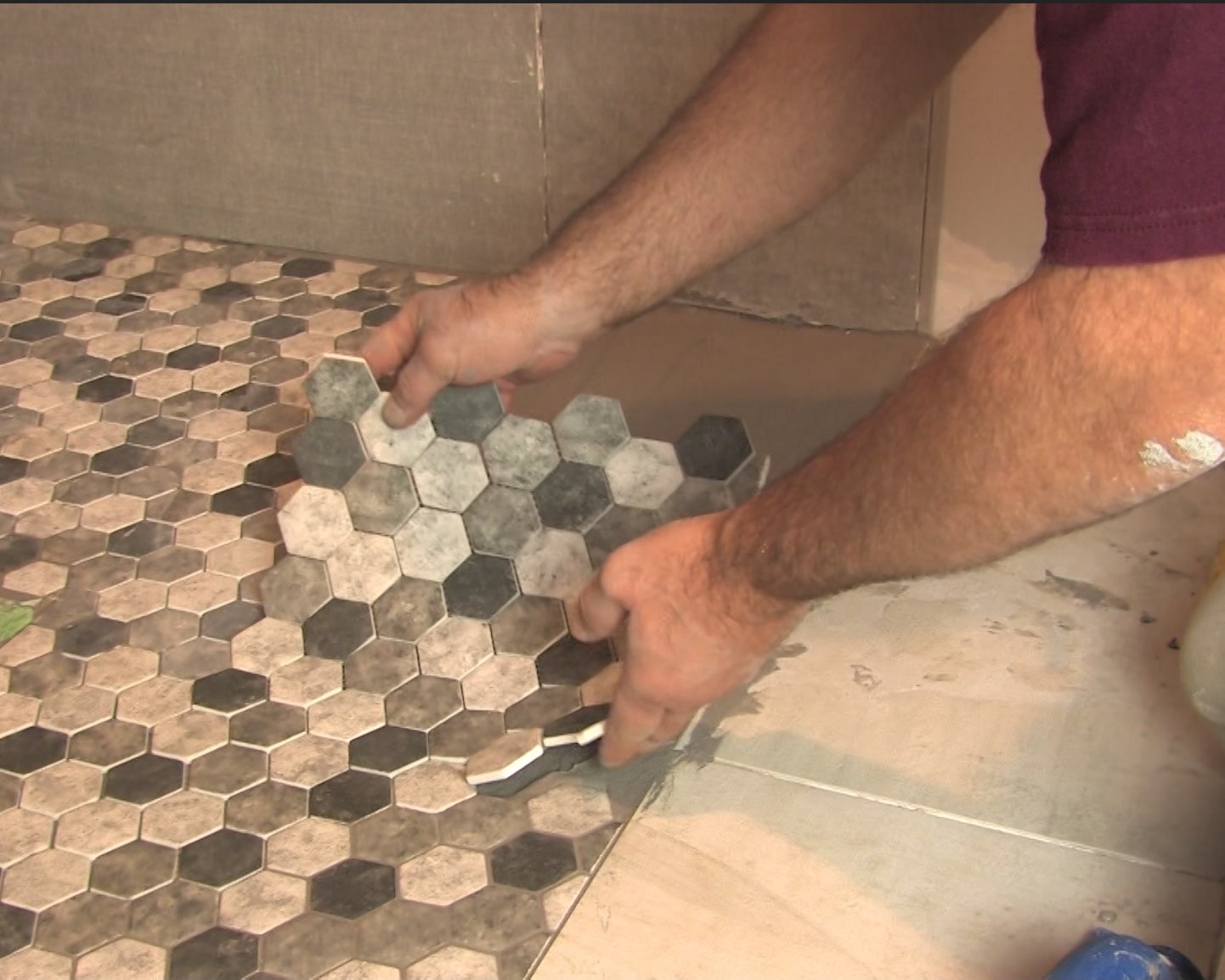

Articles
How To Tile Shower Floor
Modified: December 7, 2023
Discover expert articles on how to tile a shower floor and achieve a flawless, durable finish. Follow these step-by-step guides for stunning results.
(Many of the links in this article redirect to a specific reviewed product. Your purchase of these products through affiliate links helps to generate commission for Storables.com, at no extra cost. Learn more)
Introduction
When it comes to designing your dream bathroom, one of the key elements that can make or break the overall look and functionality is the shower floor. A well-tiled shower floor not only adds beauty and style to your bathroom but also provides a safe and durable surface to stand on while showering.
If you’re planning to DIY your shower floor tiling project, you’ve come to the right place. In this comprehensive guide, we will walk you through the step-by-step process of how to tile a shower floor. From gathering the materials and tools to cleaning and sealing the tiles, we will cover it all. So, let’s dive in and transform your shower into a stunning oasis!
Key Takeaways:
- Transform your shower into a stunning oasis by following the step-by-step guide to tiling a shower floor. From preparation to sealing, achieve a professional and durable finish for your dream bathroom.
- Ensure a visually appealing and sturdy shower floor by meticulously laying out tiles, applying thinset mortar, and cutting and trimming tiles with precision. Don’t forget the crucial steps of grouting, cleaning, and sealing for long-lasting beauty and functionality.
Read more: How To Remove Shower Floor Tile
Step 1: Gather Materials and Tools
Before you begin tiling your shower floor, it’s important to make sure you have all the necessary materials and tools on hand. Here’s a list of what you’ll need:
Materials:
- Shower floor tiles
- Thinset mortar
- Grout
- Tile spacers
- Tile adhesive
- Waterproofing membrane
- Grout sealer
- Bucket
- Grout float
- Tile cutter or wet saw
- Notched trowel
- Sponge
- Clean cloth
- Level
- Measuring tape
- Pencil
- Safety goggles
- Gloves
Tools:
- Power drill
- Mixing paddle
- Tile nippers
- Caulking gun
- Utility knife
- Mason’s trowel
- Hammer
- Chisel
- Bucket for mixing mortar
Make sure to gather all the materials and tools listed above before you start the tiling process. This way, you’ll have everything you need within reach and can work smoothly without any interruptions.
Additionally, it’s essential to wear safety goggles and gloves while handling the tools and materials to protect your eyes and hands from any potential hazards.
Once you have all the materials and tools ready, let’s move on to the next step – preparing the shower floor.
Step 2: Prepare the Shower Floor
Properly preparing the shower floor is crucial for ensuring a successful tiling project. Follow these steps to prepare the shower floor:
- Clear the area: Remove any old flooring or debris on the shower floor. Make sure the surface is clean and free from any dirt or dust.
- Inspect for leaks: Check for any leaks in the shower area. Repair any leaks and allow the area to dry completely before proceeding.
- Level the floor: Use a level to ensure that the shower floor is level and even. If you notice any uneven spots, use a leveling compound to fill in the gaps and create a smooth surface.
- Apply waterproofing membrane: To protect the shower floor from moisture damage, apply a waterproofing membrane. Follow the manufacturer’s instructions for proper application. Allow the membrane to dry completely before moving on to the next step.
- Mark the layout: Use a measuring tape and pencil to mark the layout of the tiles on the shower floor. Start from the center and work your way outwards to ensure a balanced and symmetrical design.
- Plan for drainage: Ensure that the drain hole is properly aligned with the tiles. If needed, make any necessary adjustments to ensure proper drainage.
By properly preparing the shower floor, you create a strong foundation for your tiling project. Taking the time to clear the area, level the floor, and apply a waterproofing membrane will help ensure the longevity and durability of your shower floor tiles. Once the shower floor is prepared, you’re ready to move on to the next step – laying out the tiles.
Read more: How To Tile A Shower Floor Slope
Step 3: Layout the Tiles
Now that you have prepared the shower floor, it’s time to lay out the tiles. Properly laying out the tiles will ensure a visually appealing and symmetrical pattern. Follow these steps to layout the tiles:
- Dry fit the tiles: Start by dry fitting the tiles without any adhesive. Lay the tiles on the shower floor according to the marked layout. This will help you visualize how the tiles will look and make any necessary adjustments before applying adhesive.
- Use tile spacers: Place tile spacers between the tiles to ensure consistent spacing. This will create evenly spaced grout lines and give a professional finish to the tiled floor. Adjust the position of the tiles as needed to maintain uniform spacing.
- Ensure proper alignment: Pay attention to the alignment of the tiles. Use a level or straight edge to ensure that the tiles are properly aligned horizontally and vertically. Adjust the placement of the tiles if needed.
- Plan around obstructions: If you have any obstacles or fixtures on the shower floor, such as a drain or exposed pipes, carefully plan the tile layout to accommodate them. Use a tile cutter or wet saw to cut tiles to the appropriate size and shape.
- Double-check the layout: Once you are satisfied with the tile placement and alignment, take a step back and double-check the overall layout. Make any final adjustments before moving on to the next step.
Taking the time to properly layout the tiles will result in a visually pleasing and well-organized shower floor. By dry fitting the tiles, using spacers, and ensuring proper alignment, you can achieve a professional-looking tile installation. Once you are confident with the tile layout, you are ready to move on to the next step – applying the thinset mortar.
Step 4: Apply the Thinset Mortar
Applying thinset mortar is a crucial step in tiling the shower floor. Thinset mortar acts as an adhesive that bonds the tiles to the floor, providing a strong and durable foundation. Follow these steps to apply the thinset mortar:
- Mix the thinset: Read the instructions on the packaging of the thinset mortar and mix it accordingly. Use a power drill with a mixing paddle to ensure a smooth and consistent mixture.
- Apply the thinset: Using a notched trowel, spread a layer of thinset onto the shower floor. Start at the center of the floor and work your way towards the edges. Make sure to only cover a small area at a time to prevent the thinset from drying out.
- Apply at a 45-degree angle: Hold the notched trowel at a 45-degree angle and comb the thinset in one direction. This helps create ridges in the thinset, which aids in the adhesion of the tiles.
- Place the first tile: Press the first tile into the thinset, using a slight twisting motion to ensure full contact and proper adhesion. Press down on the tile to ensure it is level and aligned with the surrounding tiles.
- Continue with remaining tiles: Place the remaining tiles in the same manner, working your way from the center towards the edges. Use tile spacers to maintain consistent spacing between the tiles. Periodically check the level and alignment of the tiles as you go.
- Adjust as needed: If any thinset oozes up between the tiles, use a clean cloth or sponge to wipe it away. Make any necessary adjustments to the tile placement or alignment before the thinset dries.
Be sure to follow the manufacturer’s instructions on drying time for the thinset mortar. Once the thinset is completely dry, you can proceed to the next step of grouting the tiles. Applying the thinset mortar properly is essential for a strong and long-lasting tile installation.
Step 5: Place the Tiles
With the thinset mortar applied, it’s time to place the tiles onto the shower floor. Follow these steps to ensure a correct and seamless tile placement:
- Start at the reference point: Begin placing the tiles at the reference point you established during the layout process. This will help maintain consistency and alignment throughout the installation.
- Press down firmly: Press each tile firmly into the thinset, ensuring a secure bond. Use a slight twisting motion to help set the tiles in place. Use a level to check for any unevenness and make adjustments as necessary.
- Work in small sections: As you continue placing tiles, work in small sections at a time to prevent the thinset from drying out. Apply thinset and place the tiles in a systematic manner, keeping consistent spacing between the tiles using the tile spacers.
- Apply even pressure: Apply even pressure across the surface of each tile as you place them. This will help ensure a level and uniform amount of thinset beneath each tile.
- Clean excess thinset: As you work, periodically check for any excess thinset that may have oozed up between the tiles. Use a damp sponge or cloth to clean it up before it dries.
- Continue until complete: Repeat the process of applying thinset and placing tiles in sections until the entire shower floor is covered. Take your time, ensuring each tile is properly aligned and level as you go.
By following these steps, you’ll be able to place the tiles correctly on the shower floor. Take your time and maintain consistency throughout the installation process. Once all the tiles are in place, allow the thinset to fully cure before proceeding to the next step – cutting and trimming the tiles.
When tiling a shower floor, make sure to use a waterproof membrane to prevent water damage. Also, choose smaller tiles for better traction and to conform to the slope of the shower floor.
Step 6: Cut and Trim Tiles
When tiling a shower floor, you will often encounter areas where tiles need to be cut and trimmed to fit around edges, corners, or fixtures. Here are the steps to effectively cut and trim tiles:
- Measure and mark: Measure the space where the tile needs to be cut and mark it accordingly. Use a pencil to make precise markings on the tile surface.
- Use a tile cutter or wet saw: Depending on the type of tile you are using, you can either use a tile cutter or a wet saw. A tile cutter is suitable for ceramics and some porcelain tiles, while a wet saw is used for natural stone and thicker tiles.
- Cut along the marked line: Place the tile on the cutter or wet saw, aligning the marked line with the cutting line guide. Apply even pressure and cut along the marked line. If using a wet saw, ensure the tile and saw blade remain lubricated with water during the process.
- Trim small pieces with tile nippers: For smaller cuts or adjustments, use tile nippers. These are handheld tools that allow you to trim small sections of the tile until it fits precisely.
- Test the fit: After cutting or trimming, test the tile’s fit in the designated area. Make any further adjustments if necessary until the tile fits snugly.
- Smooth rough edges: Use a tile file or sandpaper to smooth any rough edges left from cutting or trimming the tile. This will ensure a clean and polished look.
Cutting and trimming tiles may require patience and precision, but it is an essential step for achieving a professional-looking shower floor. Take your time and double-check the measurements and cuts to ensure the tiles fit seamlessly. Once all the tiles are cut and trimmed as needed, you can move on to the next step, which is applying grout.
Read more: How To Clean Shower Floor Tile
Step 7: Apply Grout
Applying grout is an important step in the tiling process as it helps to fill the gaps between the tiles and provides stability and a finished look. Follow these steps to effectively apply grout to your shower floor:
- Mix the grout: Follow the manufacturer’s instructions to mix the grout to the proper consistency. Use a mixing paddle and a power drill for easier and more consistent results.
- Apply the grout: Use a grout float to spread the grout over the tiles at a 45-degree angle. Work the grout into the joints, making sure to fill them completely. Hold the float at an angle to remove excess grout from the surface, and smooth the grout lines as you go.
- Clean the tiles: After applying the grout to a small section, use a damp sponge to gently clean the excess grout off the surface of the tiles before it dries. Rinse the sponge frequently and wring it out well to avoid smearing grout.
- Repeat the process: Continue applying grout to small sections of the shower floor, cleaning the tiles as you go. Take your time to ensure that the grout lines are filled evenly and that the tiles are clean and grout-free.
- Let the grout dry: Allow the grout to dry for the time specified by the manufacturer. This typically ranges from 24 to 48 hours. Keep the area well-ventilated during the drying process.
Once the grout has dried, check for any haze or residue on the tiles. Use a soft, clean cloth or sponge to buff away any haze and give the tiles a final clean and polished look. It’s crucial to seal the grout after it has fully cured to protect it from moisture and stains. Follow the manufacturer’s instructions for applying a grout sealer.
Applying grout can be a tedious process, but it is an essential step to finalize the tiling of your shower floor. Take your time, work in small sections, and ensure thorough grout coverage for a professional and long-lasting finish.
Step 8: Clean and Seal the Tiles
After completing the grouting process, it’s important to clean and seal the tiles to protect them and maintain their appearance. Here’s how to clean and seal the tiles of your shower floor:
- Clean the tiles: Start by cleaning the tiles with a pH-neutral tile cleaner and warm water. Use a sponge or soft cloth to gently scrub the tiles, removing any grout residue or dirt. Rinse the tiles thoroughly with clean water and allow them to dry completely.
- Inspect for any imperfections: Take a close look at the tiles and grout lines to ensure they are clean and free from any stains or blemishes. If you notice any stubborn stains, you may need to use a tile stain remover or a more concentrated cleaning solution.
- Apply the tile sealer: Once the tiles are clean and dry, it’s time to apply a tile sealer. Choose a high-quality penetrating sealer that is specifically designed for your type of tile. Follow the manufacturer’s instructions for application, ensuring even coverage over the entire surface of the tiles and grout lines.
- Allow the sealer to dry: Give the sealer enough time to dry completely. This typically takes a few hours, but it’s best to wait for the time specified by the manufacturer. During this time, make sure the area is well-ventilated and avoid any direct contact with the sealed tiles.
- Test for waterproofing: Once the sealer has dried, test the water repellency of the tiled shower floor. Sprinkle water over the tiles and observe if it beads up and rolls off. If it does, the sealant is working effectively. If not, you may need to apply another layer of sealer.
Cleaning and sealing the tiles is an important step to protect them from moisture, stains, and daily wear and tear. Regular maintenance and periodic resealing will help prolong the life and beauty of your shower floor tiles.
Congratulations! By following these eight steps, you have successfully learned how to tile a shower floor. With proper preparation, precise tile placement, and thorough cleaning and sealing, your shower floor will not only look beautiful but also provide functionality and durability for years to come.
Conclusion
Tiling a shower floor can be a rewarding and satisfying DIY project that enhances the overall appearance and functionality of your bathroom. With the right materials, tools, and techniques, you can achieve a professional-looking tile installation that will stand the test of time.
In this comprehensive guide, we have walked you through the step-by-step process of how to tile a shower floor. From gathering the materials and tools to cleaning and sealing the tiles, each step is crucial in ensuring a successful and long-lasting outcome.
Properly preparing the shower floor, including leveling the surface and applying a waterproofing membrane, sets the foundation for the rest of the tiling process. Carefully laying out the tiles, applying thinset mortar, and placing the tiles with precision are essential for a visually appealing and sturdy finish.
Don’t forget to take your time when cutting and trimming the tiles to fit around edges and fixtures, as this attention to detail will result in a seamless and polished look. Applying grout correctly, cleaning the tiles thoroughly, and sealing them will provide the final touches and ensure the longevity of your tiled shower floor.
Remember, safety is paramount throughout the entire process. Wear protective gear, such as safety goggles and gloves, and use caution when handling tools and materials.
By following the steps outlined in this guide and infusing your creativity and personal style, you can transform your shower into a stunning oasis that reflects your unique taste and adds value to your home.
Now, armed with the knowledge and skills you’ve gained, it’s time to embark on your tiling journey. Good luck, and enjoy the satisfaction of a beautifully tiled shower floor!
Frequently Asked Questions about How To Tile Shower Floor
Was this page helpful?
At Storables.com, we guarantee accurate and reliable information. Our content, validated by Expert Board Contributors, is crafted following stringent Editorial Policies. We're committed to providing you with well-researched, expert-backed insights for all your informational needs.

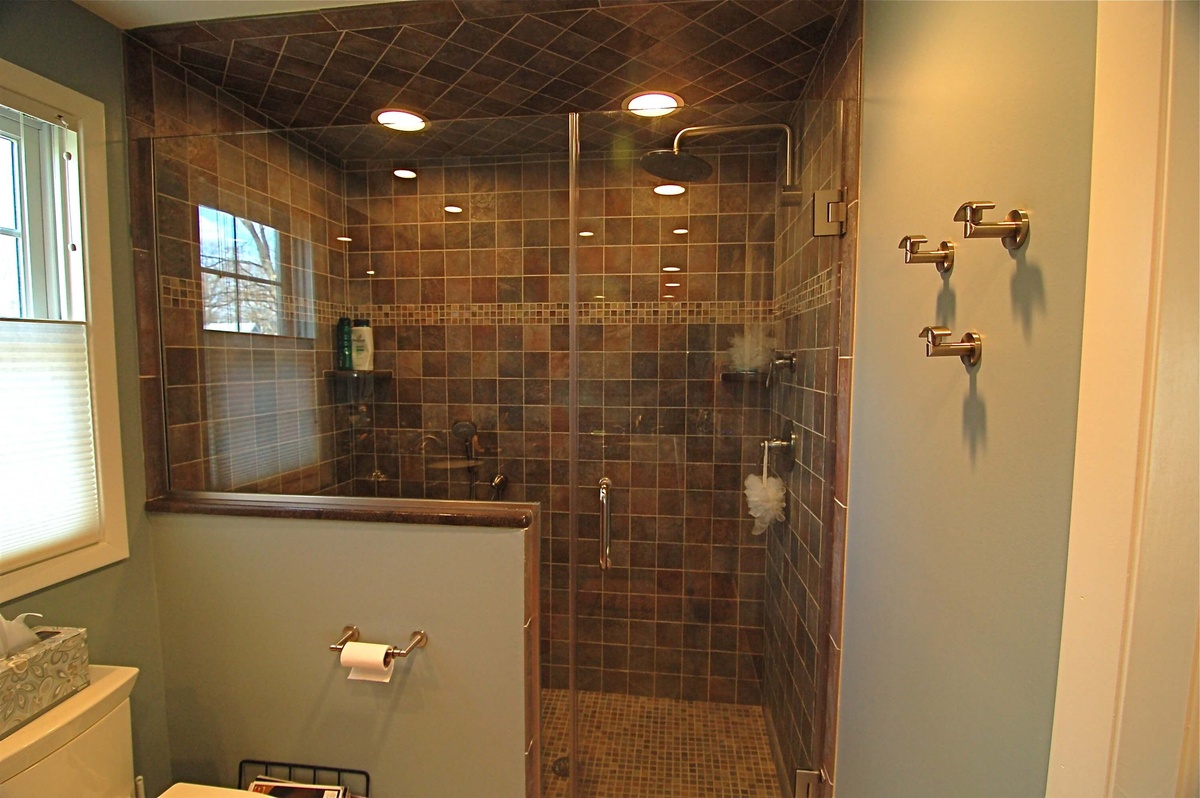
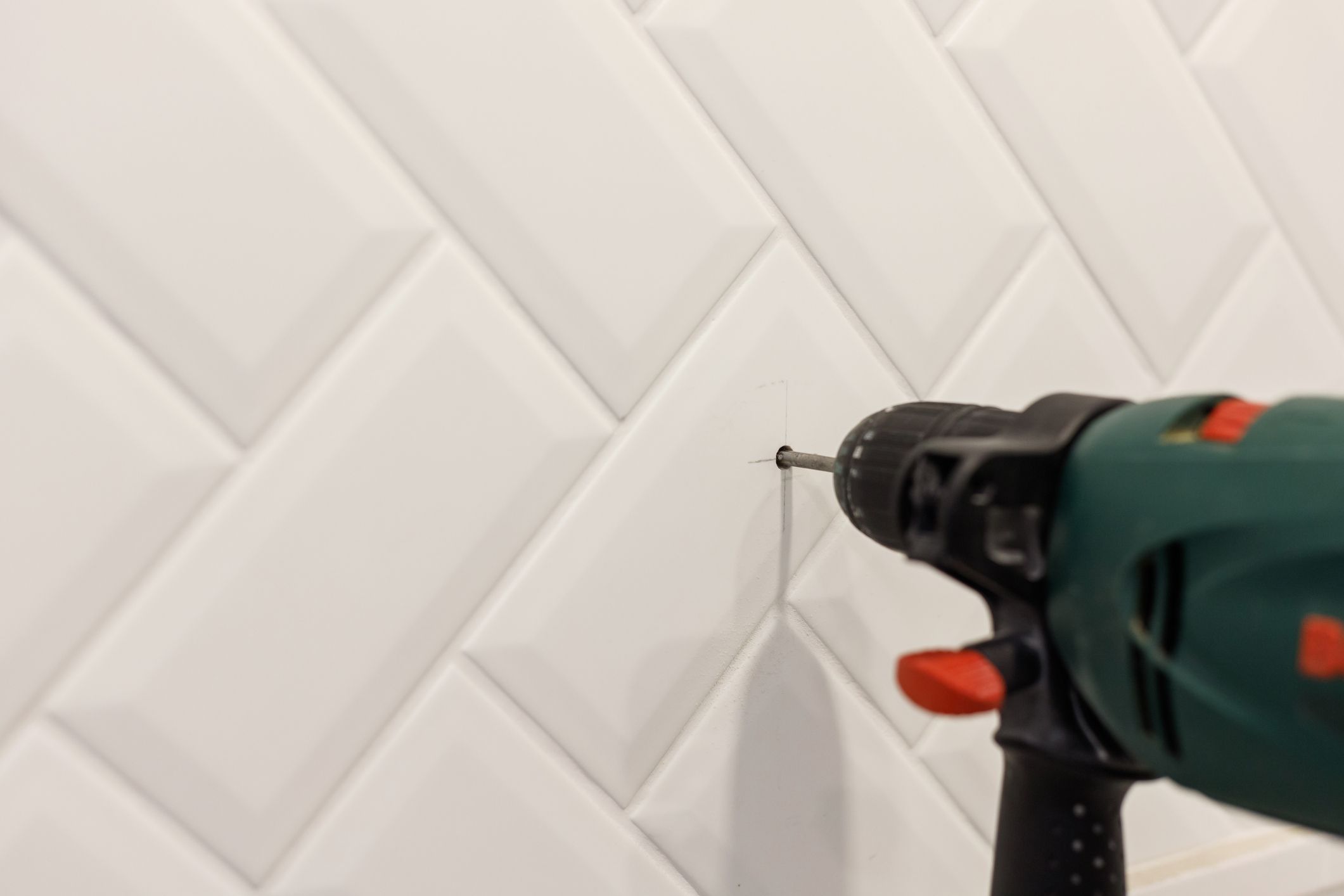
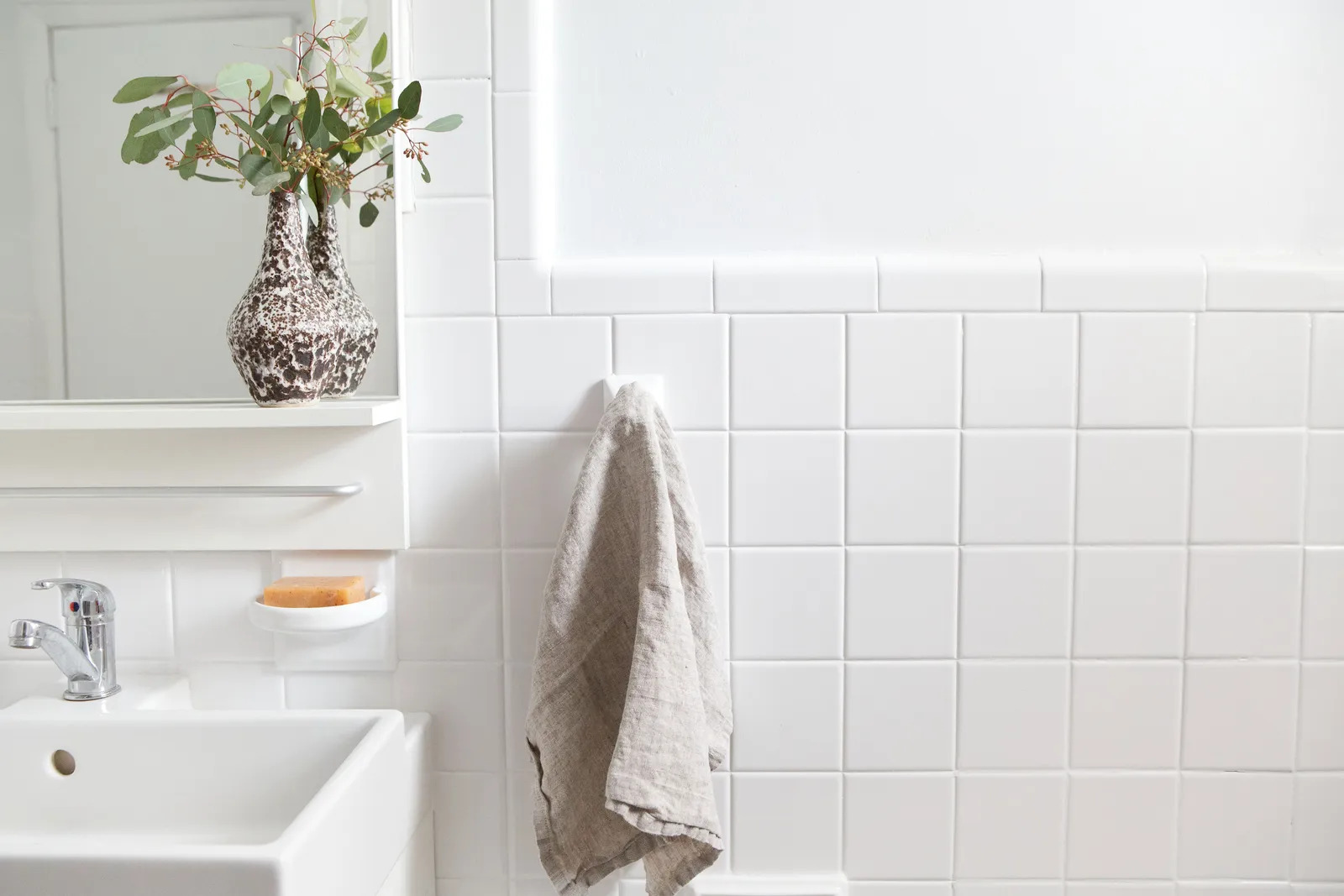
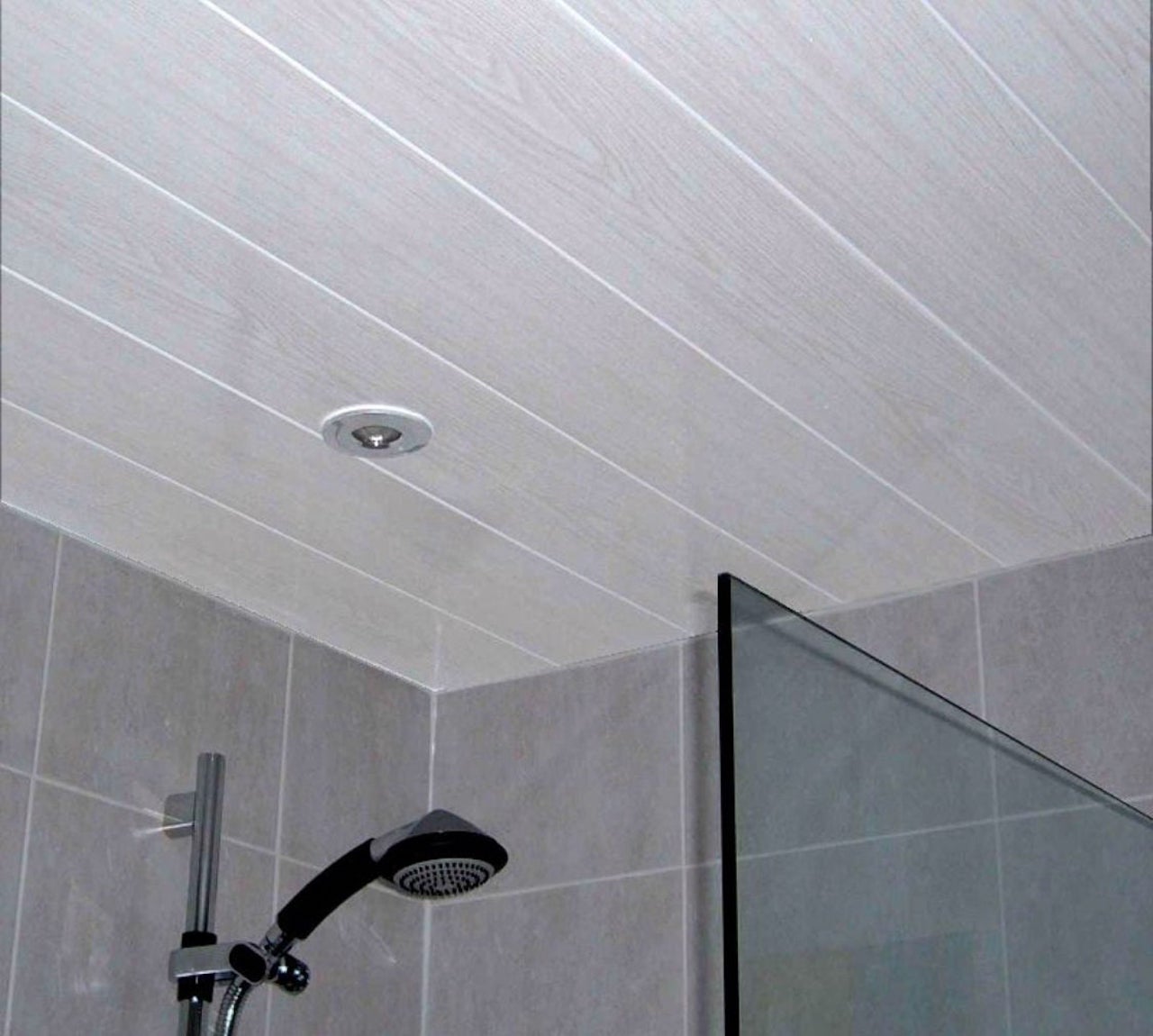
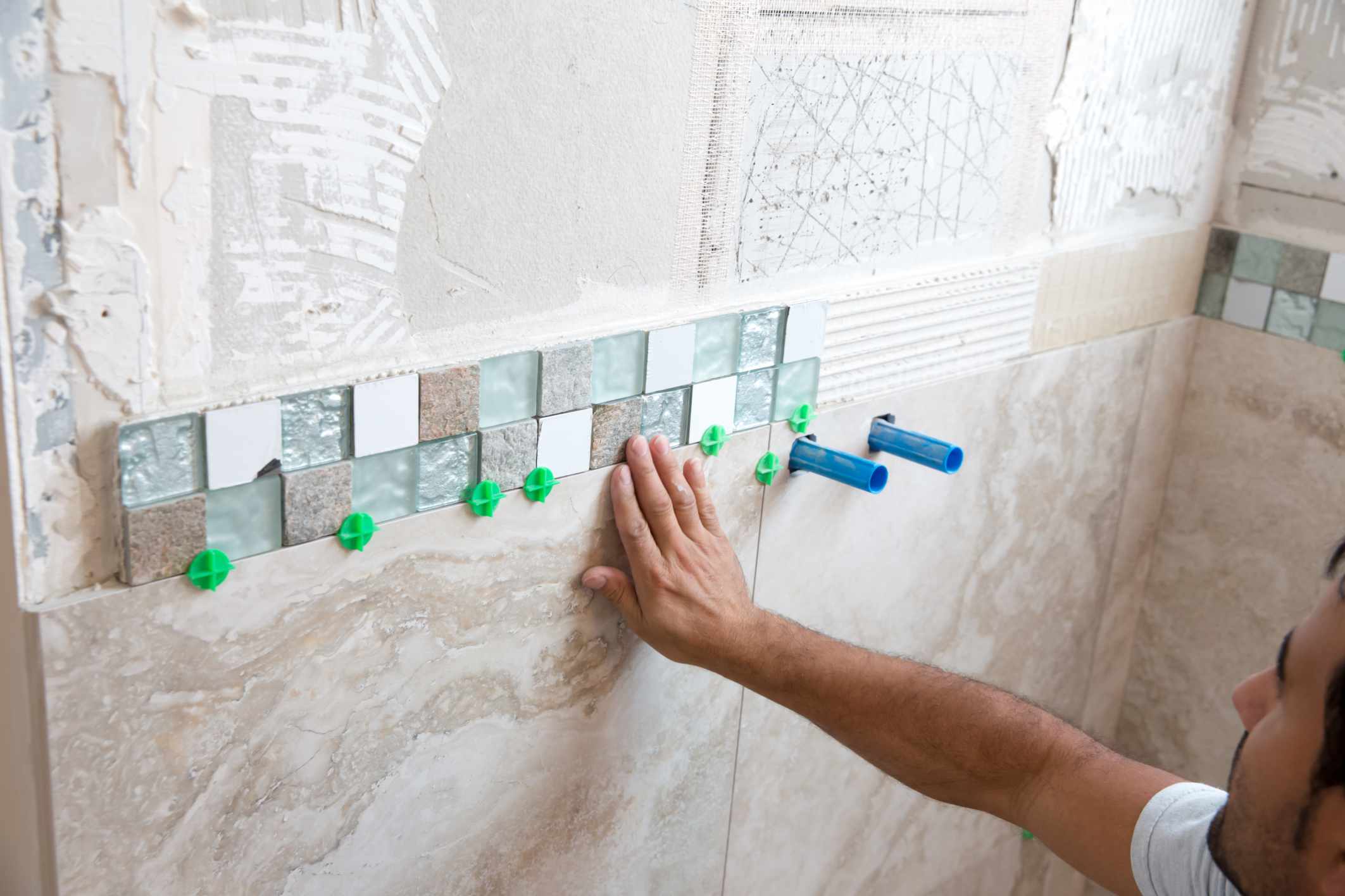
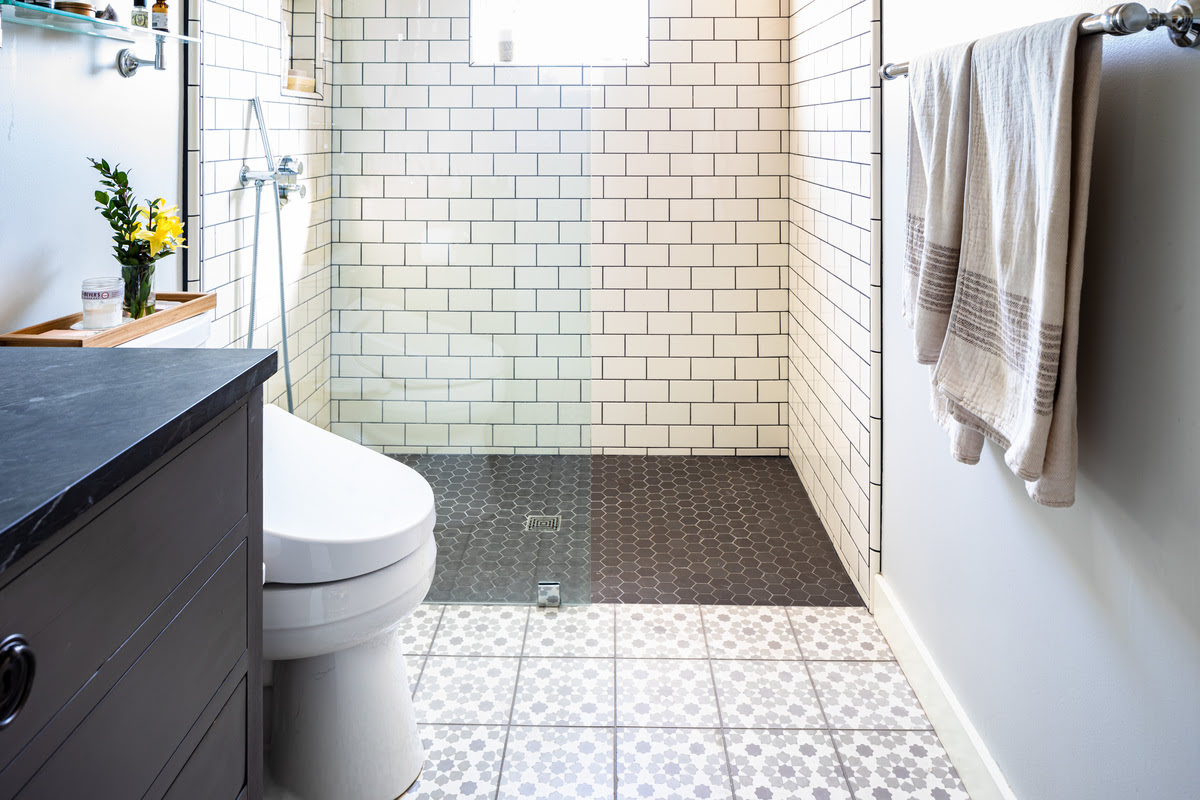
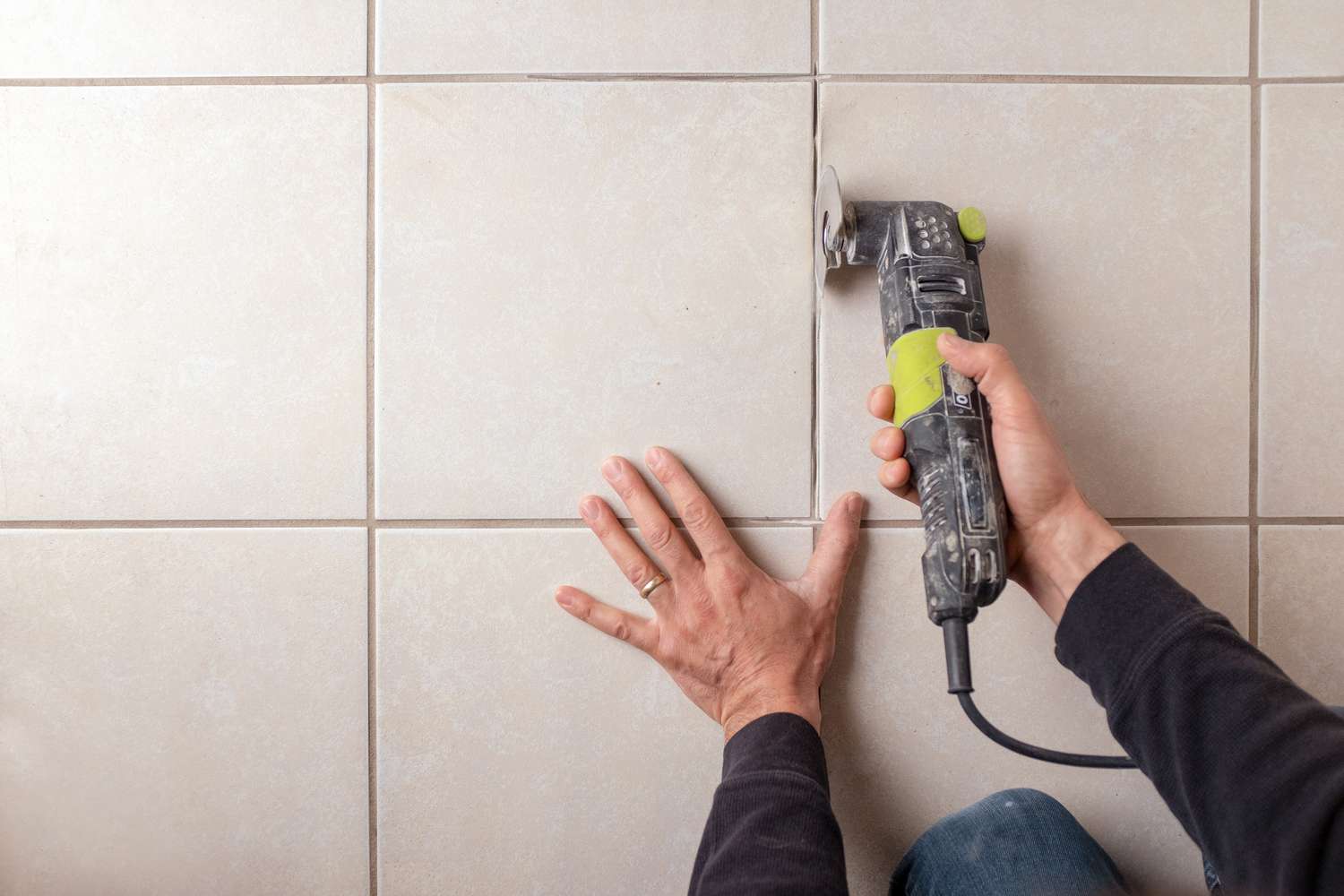
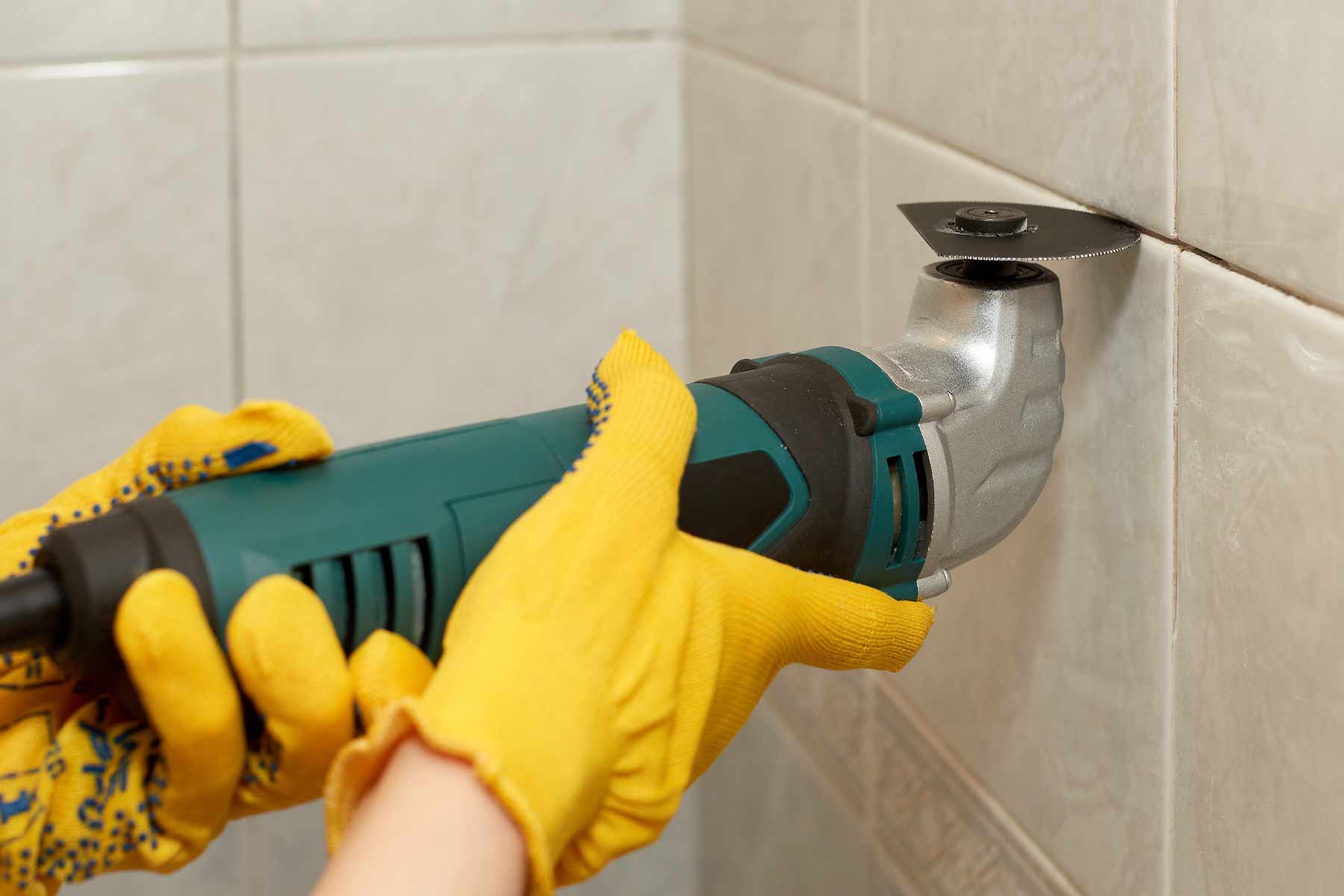

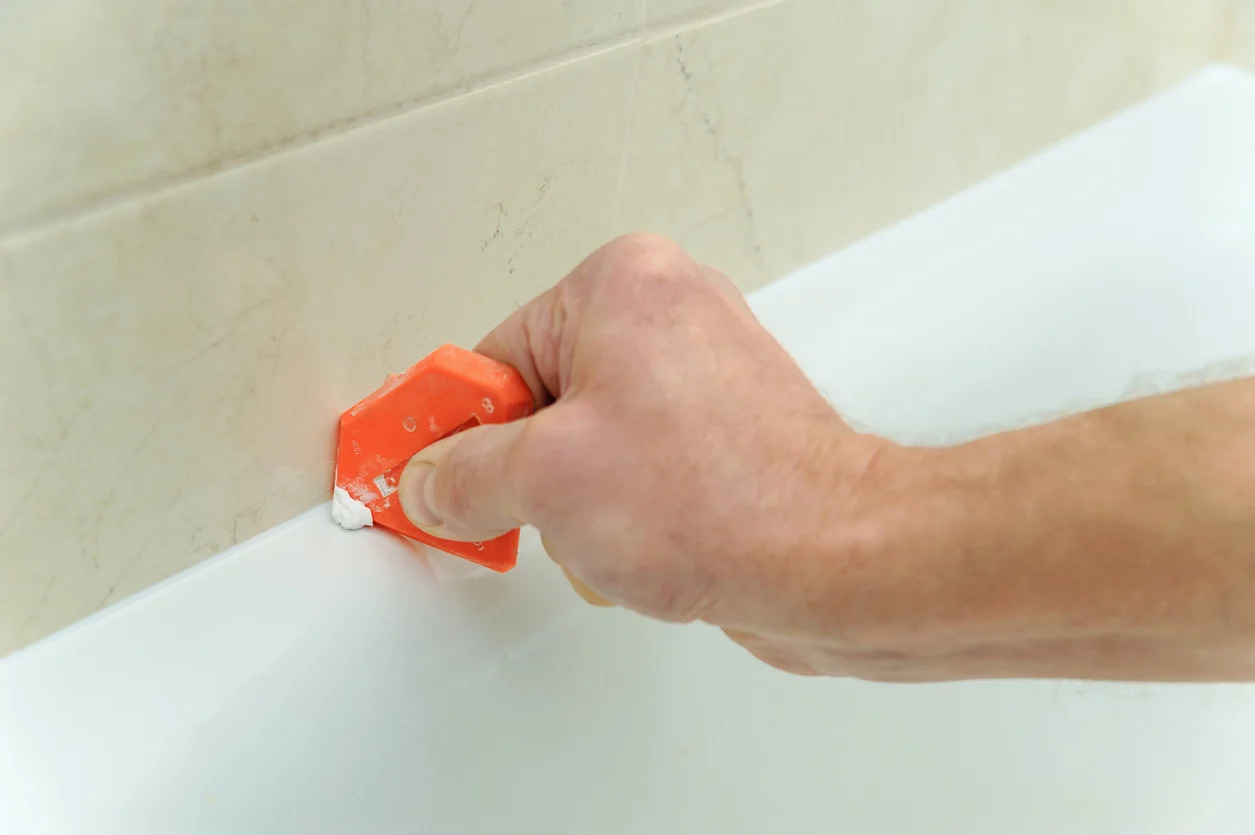
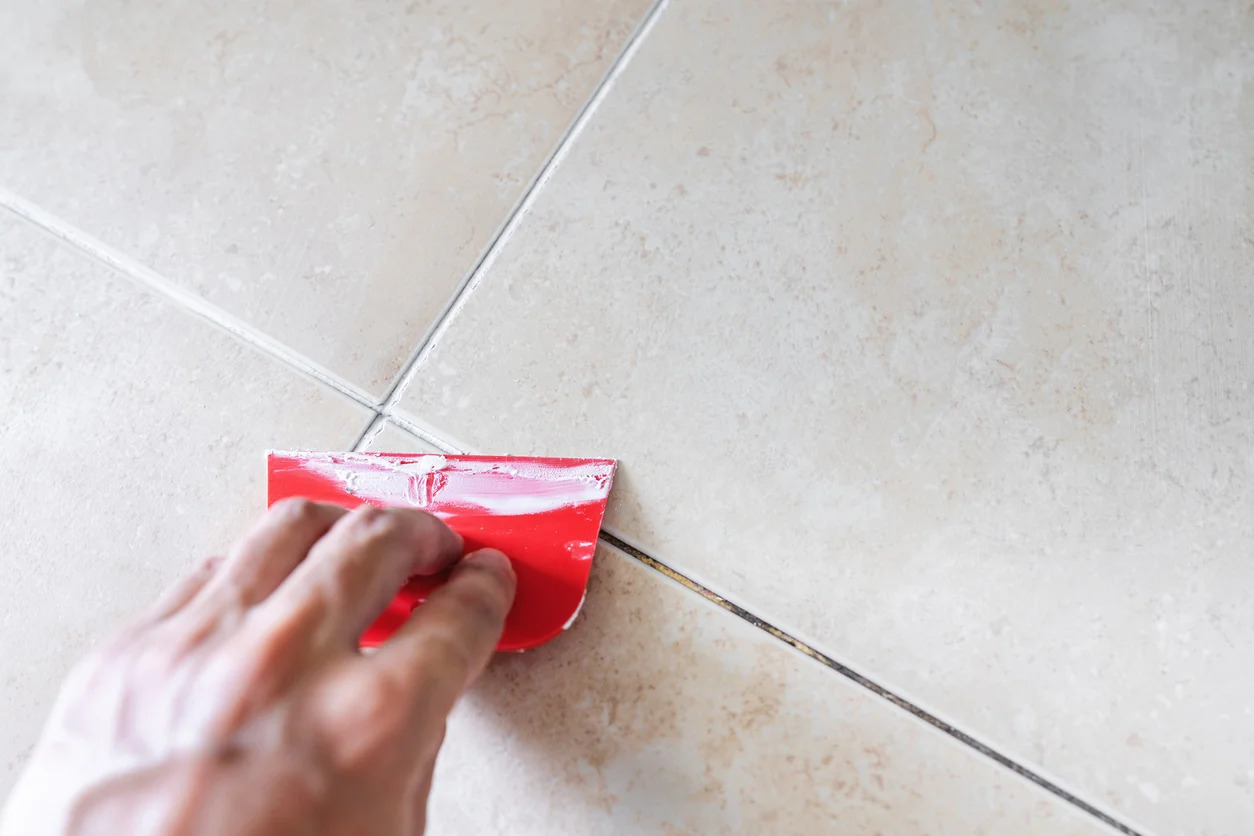
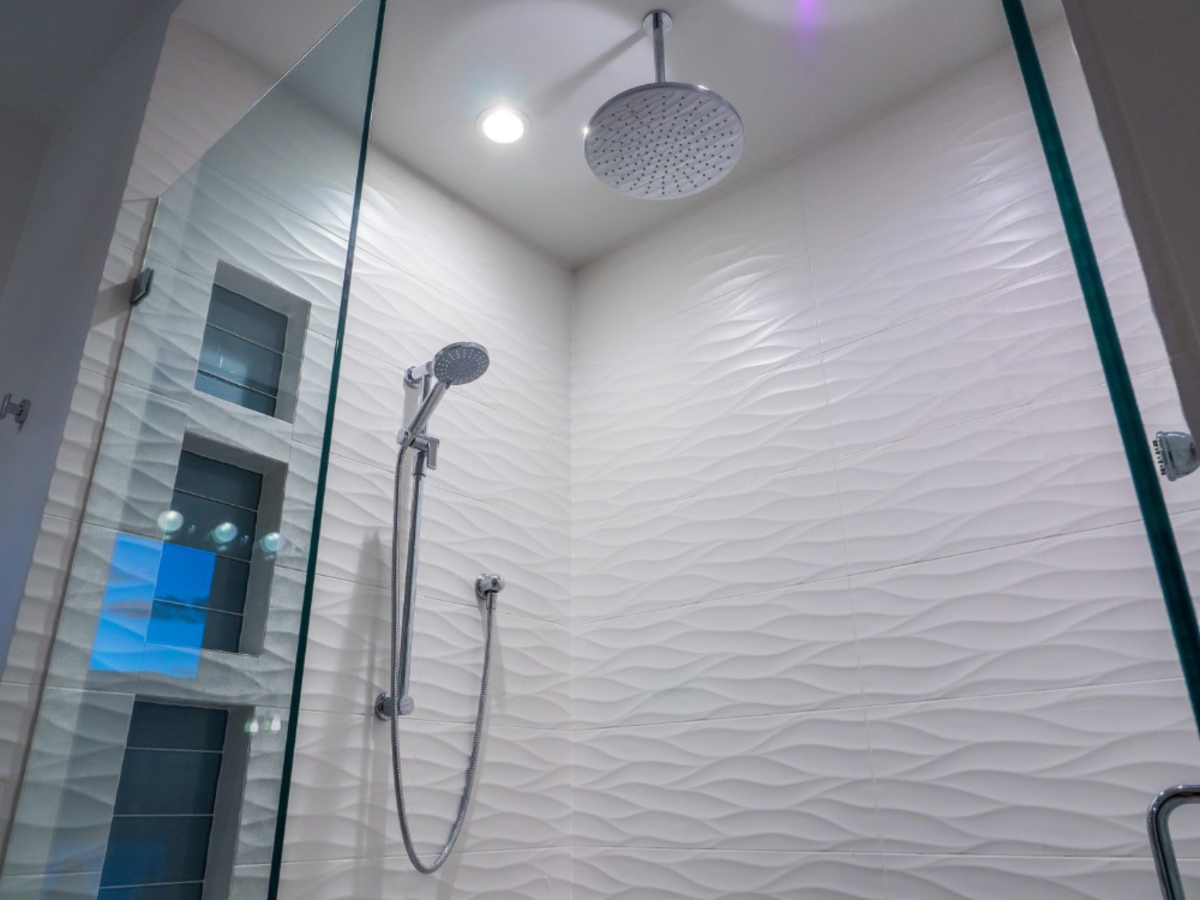

0 thoughts on “How To Tile Shower Floor”